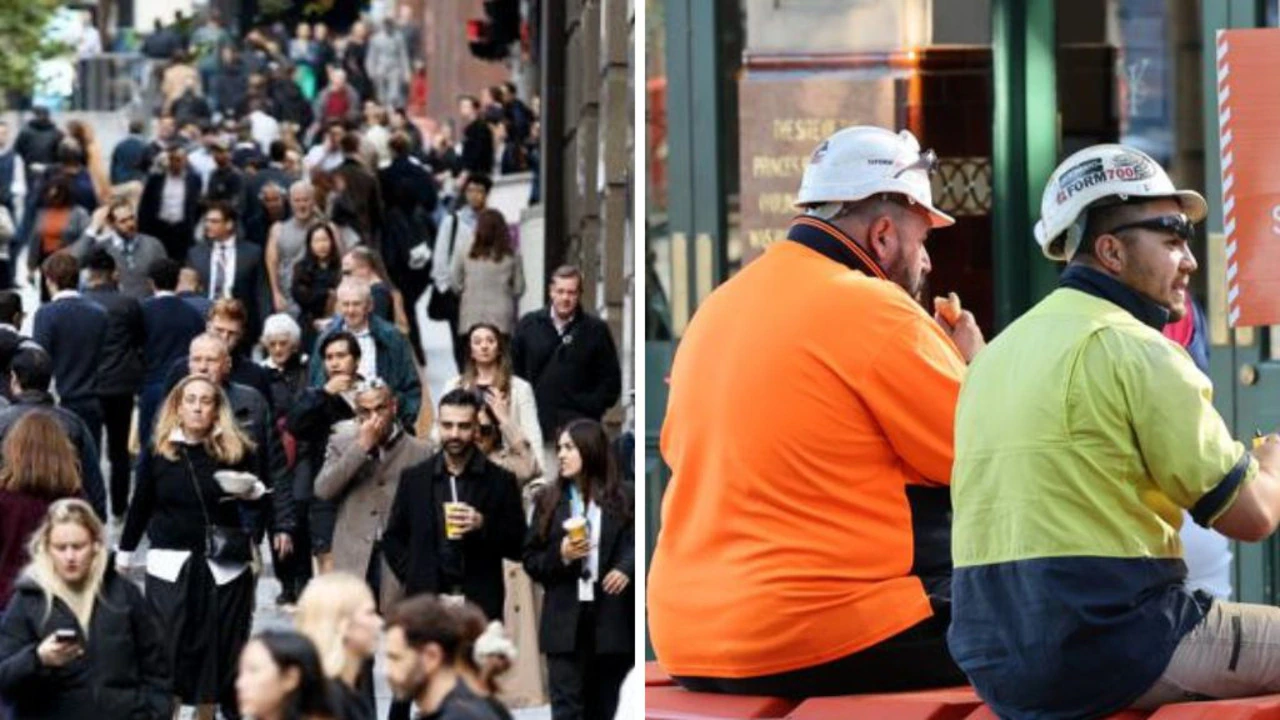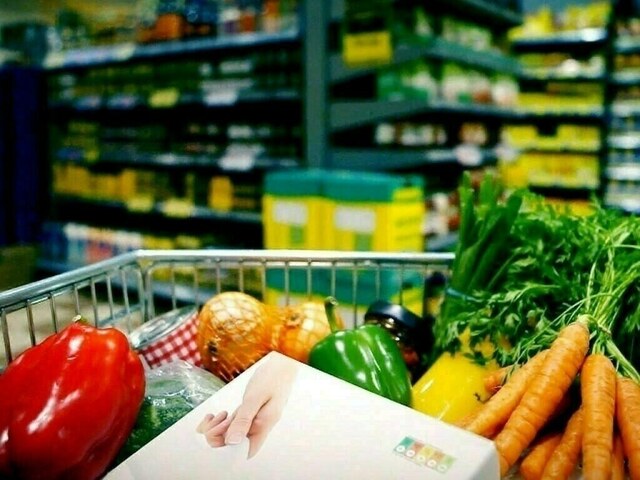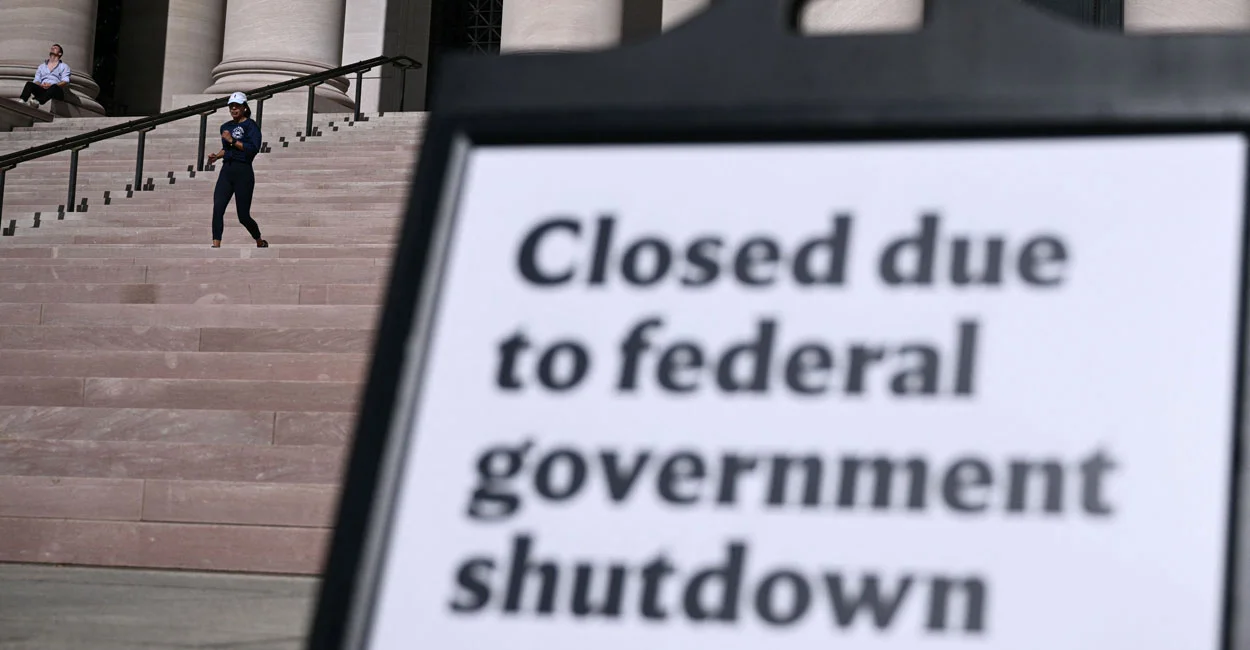Copyright news

For years, his Tomago, NSW factory was graced by a conga line of federal politicians in high-vis vests – the country’s only battery maker was feted as the standard bearer of Australia’s renewable energy transition. Things all came crashing down in August when the company, which was set to employ close to 700 people in the Hunter Region, collapsed into administration. Despite world-leading IP and products, the 10-year-old company fell into a cash crisis amid a flood of cheap Chinese imports. Mr Craighead said calls for government support fell on deaf ears. “Eighteen months ago it became very clear we needed support,” Mr Craighead told news.com.au. “US tariffs had China over capacity, they started to dump into the local market. We needed to scale,” he said. While Energy Renaissance had already received $750,000 in grants from the Advanced Manufacturing Growth Centre (AMGC), and $18 million from the NSW government, the company applied for an additional $18 million from the federal National Reconstruction Fund (NRF) to match the state contribution. MORE: The highest paying trades in Australia “Eighteen for eighteen, that was the ask – that would have triggered everything, we would have been hiring like crazy,” he said. “They said, ‘Come back once you’ve got bigger orders’.” To add insult to injury, just six days after Energy Renaissance entered administration, the federal government launched a 30 per cent home battery subsidy scheme – with those subsidies now underwriting products made in China. “This is not about being a sore loser, whining about not getting support – this is not about us at all,” Mr Craighead said. “What I’ve described is entirely common. What we found was the gap between saying and doing is kind of terminal.” The problem, he argues, is risk-averse “bankers are running everything” at key funders like the $15 billion NRF or the Australian Renewable Energy Agency (ARENA). “We need to let the bankers bank and builders build,” Mr Craighead said. MORE: The highest paying jobs in Australia without a degree “[They’re] terrific for supporting big projects for big companies, [but] ultimately unless you’re a company with three, four, five years of forward orders [you can’t get funding].” Start-ups like Energy Renaissance are “in a world of the quick and the dead” against state-backed competition from the likes of China. “There’s no point having systems like ARENA that take 14 months to make a decision,” Mr Craighead said. “In a start-up, if you draw three seconds slower than the other cowboy it doesn’t matter if you got your gun out — you’re still dead.” He warns businesses are “drowning in bureaucracy” as they plead for help. “When they talk about risk they hear economic risk,” he said. “‘Should I give you $10 million? What if I don’t get it back?’ I view it as a national risk. The lack of urgency is slightly terrifying.” News Australia today launches the Back Australia campaign – an initiative that unites brands and people through a shared goal that matters deeply to all of us: building a prosperous future. The campaign will champion Australian businesses supporting local jobs, as well as celebrating Australian ingenuity. It will also examine the key issues impacting Aussie businesses and the reforms needed to allow them to prosper. Australia’s small businesses – defined as fewer than 20 employees – are often called the engine room of the economy, with 97 per cent of all businesses in the country falling into this category. They employ 5.17 million people – 39 per cent of the private workforce – and generate nearly $600 billion of economic activity, or 32 per cent of GDP. Including medium businesses with fewer than 200 employees, SMEs employ two-thirds of Australian workers. Supporting Aussie businesses means supporting local jobs, but many face an uphill battle. In the 2023-24 financial year, small businesses (with 5-19 employees) lost 144,000 workers, according to the Australian Bureau of Statistics (ABS) – a decline of 6.1 per cent. Small Business and Family Enterprise Ombudsman Bruce Billson said owners face an uphill battle against a mountain of red, green and “white” tape, cashflow concerns, tax obligations, digital impacts and a host of other challenges. “In decades past, the economic and employment contribution of small business was much larger, and I’m optimistic that it can be again,” he writes. This article is part of the Back Australia series, which was supported by Australian Made Campaign, Harvey Norman, Westpac, Bunnings, Coles, TechnologyOne, REA Group, Cadbury, R.M.Williams, Qantas, Vodafone and BHP.



